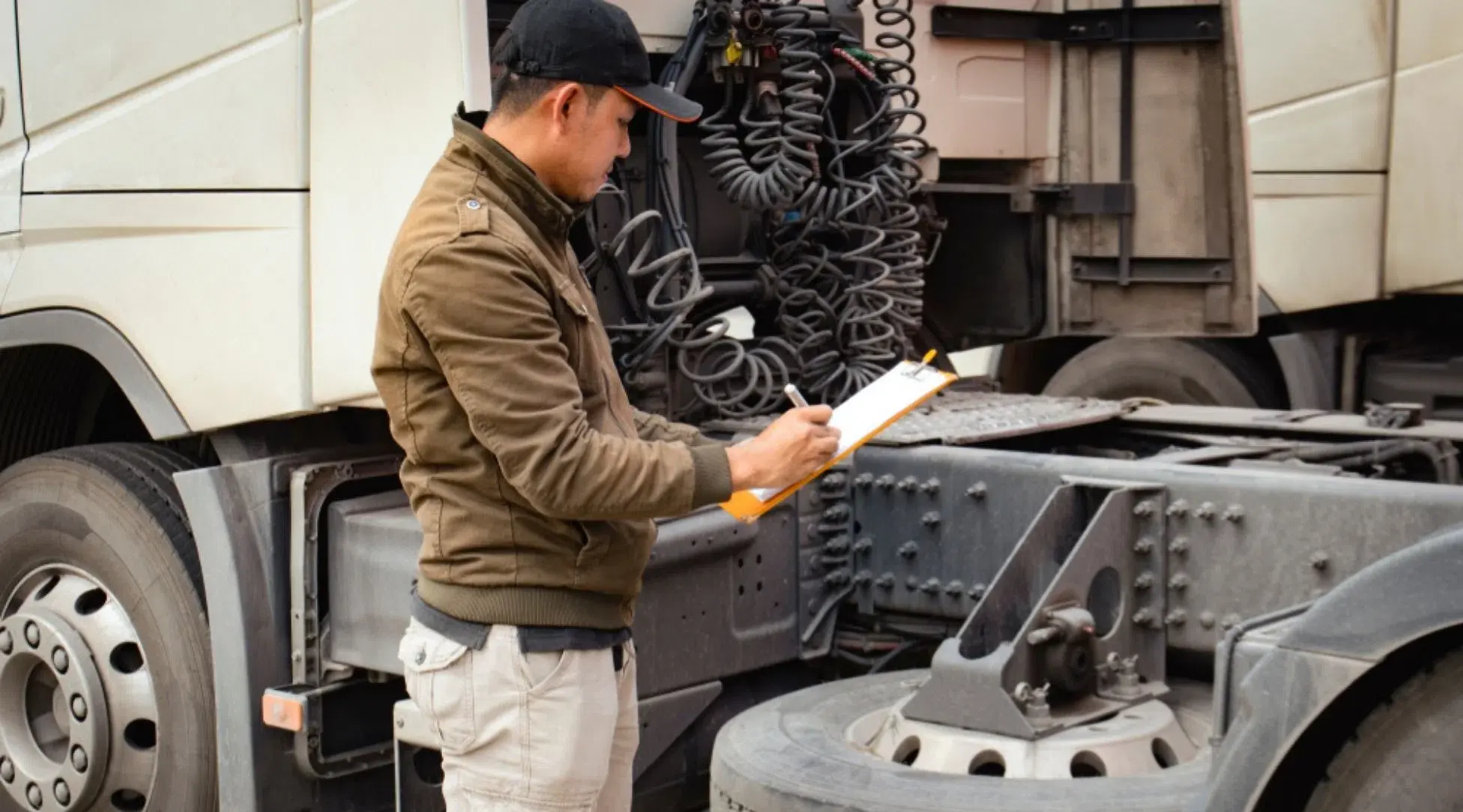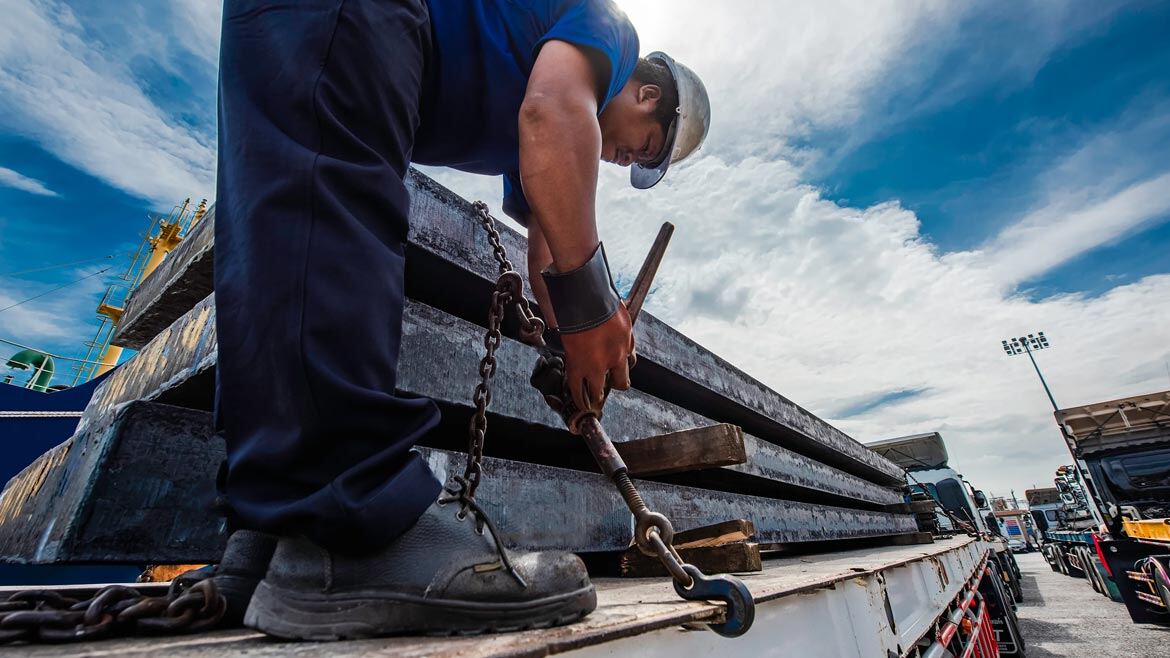Ensure your truck is always in top condition with Rolon Mobile Truck Repair's comprehensive Mobile DOT inspections. Our certified inspectors meticulously check all major components, giving you peace of mind and ensuring your safety on the road. Explore our DOT Inspection Services now!
A thorough Florida CDL Pre Trip Inspection is a cornerstone of safe commercial driving. It's more than just a routine check; it's a proactive step that helps identify potential issues before they become serious problems. This comprehensive guide will delve into every aspect of the Florida CDL Pre Trip Inspection Checklist, equipping you with the knowledge and tools to ensure your vehicle is roadworthy and your journey is safe.
Understanding the Importance of Pre-Trip Inspections
Inspections aren’t just for proper paperwork; they truly can save lives, create safer driving conditions, and provide the driver with up-to-date information regarding the minute details of the condition of their commercial truck. The following is a short list of the upside to a CDL pre-trip inspection in Florida.
Preventing Accidents
- Identifying Potential Hazards: Regular inspections help identify and address potential mechanical issues before they lead to accidents, including checking fluid levels and push rods.
- Ensuring Vehicle Stability: A well-maintained vehicle, with components like the shock absorber and suspension in good condition, is more likely to handle unexpected situations safely.
- Reducing the Risk of Breakdowns: Preventing breakdowns can avoid dangerous situations on the road.
Protecting Lives
- Protecting Yourself and Others: A safe vehicle, with securely mounted parts like the steering wheel, protects not only the driver but also passengers, pedestrians, and other motorists.
- Preventing Fatalities: Many accidents can be avoided through diligent safety checks, such as a CDL pre-trip air brake test.
- Setting a Positive Example: By prioritizing safety, commercial drivers can set a positive example for others on the road.
Ensuring Operational Efficiency
- Avoiding Costly Repairs: Identifying and addressing issues early, like checking the skid plate and brake drum, can prevent more extensive and expensive repairs.
- Minimizing Downtime: Regular maintenance can help reduce unexpected breakdowns and downtime.
- Maintaining Vehicle Value: A well-maintained vehicle, including regular checks on door seals and mounting bolts, retains its value better over time.
Compliance with Regulations
- Meeting Legal Requirements: Pre-trip inspections are often mandated by regulatory bodies, which include checks on air lines and engine compartment components.
- Avoiding Fines and Penalties: Failure to comply with inspection regulations, such as those on tread depth and landing gear, can result in fines and penalties.
- Maintaining Your Professional License: Consistent adherence to safety standards is crucial for maintaining your commercial driving license.
Peace of Mind
- Confidence in Your Vehicle: Knowing that your vehicle is in good condition, including having a functional CDL in-cab inspection checklist, can give you peace of mind and reduce stress while driving.
- Reducing Anxiety: A well-maintained vehicle can help alleviate concerns about safety and reliability.
As you can see, safety checks are not just a legal requirement; they are a fundamental aspect of responsible commercial driving. By prioritizing safety, you are not only protecting yourself and others but also ensuring the efficient and reliable operation of your vehicle. Read on to get detailed information regarding each component of the vehicle.
Essential Components of a Thorough Pre-Trip Inspection
1. Exterior Inspection
A standard starting point, this area is vast:
- Basics: Starting at the bottom, working upwards
- License plate: Ensure it is securely fastened, up to date, and legible.
- Bumper: secure, with no cracks or bends.
- Grill: secure, with no cracks, bends or debris.
- Tires:
- Ensure the tires are the same size and type, as stated in the CDL pre-trip inspection checklist.
- Check tire pressure with a gauge. Ensure all tires are inflated to the recommended pressure.
- Examine the tread depth. Replace tires when the tread depth reaches the legal minimum.
- Look for issues such as uneven wear, patterns, or bulges.
- Inspect for punctures, cuts, or other damage.
- Wheels:
- Check that the wheel lug nuts are secure, there are none missing, and appear to be tight. On aluminum rims look for white powder, on steel rims look for rust; these can indicate a loose lug nut. If loose, tighten it with a lug wrench.
- Inspect the rims for cracks or damage.
- Ensure the wheels are properly aligned and not rubbing against the fenders.
- Lights:
- Test all lights, including headlights, taillights, brake lights, turn signals, hazard lights, and backup lights.
- Check the alignment of the headlights.
- Marker lights – (at top of trailer) Secure, not cracked, all present and unbroken.
- Mirrors:
- Inspect/adjust all mirrors for optimal visibility, including cracks and cleanliness.
- Ensure the mirrors are securely attached and not otherwise damaged.
- Windshield:
- Check for cracks or chips that could impair your vision.
- Replace the windshield if necessary.
- Ensure the windshield wipers are in good condition.
- Exterior Damage:
- Inspect the exterior of the vehicle for any dents, scratches, or other damage.
- Check for leaks around the fuel tank, radiator, and other areas.
2. Interior Inspection
An in-cab inspection can determine if the following are in order:
- Seat Belts:
- Ensure all seat belts are in good working condition and properly adjusted.
- Check for any frayed or damaged straps.
- Steering Wheel:
- Check for excessive play in the steering wheel.
- Ensure the steering wheel is securely attached and adjusts properly.
- Gauges and Instruments:
- Verify that all gauges and instruments are functioning correctly.
- Check for any warning lights or indicators.
- Horn:
- Test both city and air horns to ensure they are working properly.
- Emergency Equipment:
- Ensure you have all required emergency equipment on board, such as a fire extinguisher, reflective triangles, and flares.
3. Under-the-Hood Inspection
Arguably the most important section for scrutiny of driving efficiency:
- Engine Oil:
- Check the oil level using the dipstick.
- Ensure the oil is clean and free of contaminants.
- Replace the oil and filter as recommended by the manufacturer.
- Coolant:
- Check the coolant level in the radiator reservoir.
- Ensure the coolant is a healthy mixture of antifreeze and water.
- Check for any leaks in the cooling system.
- Battery:
- Inspect the battery terminals for corrosion.
- Ensure the battery is securely fastened and has enough power.
- Check the battery cables for any damage.
- Belts and Hoses:
- Inspect all belts and hoses for signs of wear, cracks, or leaks.
- Replace any damaged belts or hoses.
- Air Filter:
- Inspect the air filter for dirt or debris.
- Replace the air filter as recommended by the manufacturer.
4. Brake System
Proper braking is crucial for any vehicle, and all the more so for a large and heavy commercial vehicle:
- Brake Lights:
- Test the brake lights to ensure they are functioning properly.
- Brake Pedal:
- Check the brake pedal for proper feel and response.
- Ensure the brake pedal does not go all the way down to the floor.
- Brake Fluid:
- Check the brake fluid level in the reservoir.
- Ensure the brake fluid is clean and free of contaminants.
- Brake Pads and Shoes:
- Inspect the brake pads and shoes for wear.
- Replace them if they are worn below the minimum thickness.
- Parking Brake:
- Test the parking brake to ensure it is holding the vehicle securely.
5. Suspension and Steering
This component is crucial for navigation.
- Steering:
- Check for any unusual steering wheel vibrations or shimmy.
- Ensure the steering wheel is centered when the vehicle is driving straight.
- Suspension:
- Inspect the suspension components for signs of wear or damage.
- Check for leaks in the shock absorbers or struts.
6. Exhaust System
Exhaust system compliance is key to avoiding potential issues.
- Leaks:
- Check for any leaks in the exhaust system.
- A loud noise or a strong smell of exhaust fumes can indicate a leak.
- Muffler and Tailpipe:
- Inspect the muffler and tailpipe for any damage or rust.
7. Trailer Inspection (if applicable)
The cargo section for your truck must also comply for safe operation.
- Coupling:
- Ensure the trailer coupling is securely attached to the towing vehicle.
- Check for any damage to the coupling.
- Lights:
- Test all lights on the trailer, including turn signals, brake lights, and taillights.
- Tires:
- Inspect the tires on the trailer for wear, pressure, and damage.
- Ensure the trailer tires are properly inflated.
- Cargo Securement:
- Verify that the cargo is properly secured and will not shift during transportation.
Additional Tips:
- Create a Checklist: Develop a personalized checklist to ensure you don't miss any important steps.
- Take Your Time: Don't rush through the inspection. Take your time to thoroughly examine each component.
- Report Issues: If you find any problems during the inspection, report them to your supervisor or maintenance personnel.
- Seek Professional Help: If you are unsure about how to perform a specific inspection, consult a qualified mechanic or technician.
- Stay Informed: Stay up-to-date on the latest regulations and guidelines for pre-trip inspections.
Conclusion of Mastering the Florida CDL Pre-Trip Inspection
By following this comprehensive guide and performing regular pre-trip inspections, you can help ensure the safety and reliability of your commercial vehicle. Remember, a well-maintained vehicle is not only safer for yourself and the other drivers near you on the road, but it is also more efficient and cost-effective, saving you that precious time and money, and also giving you peace of mind you know is verified.
Safe Travels Start Here
Hit the road with confidence and ensure safe travels with a pre-trip inspection! A on-site pre-trip inspection from Rolon Mobile Truck Repair identifies problems early. We come to you so book your inspection today and keep rolling safely!
FAQs About CDL Pre Inspection
How to remember pre-trip inspection CDL in Florida?
To memorize the pre-trip inspection, break it down into sections: exterior, interior, under-the-hood, and trailer inspections. Create a checklist using key components, like brake systems, turn signals, air lines, and mounting bolts. Repetition and use of visual aids like a CDL pre-trip inspection checklist with pictures can enhance memory.
How many points can you miss on CDL pre-trip in Florida?
Typically, the CDL pre-trip inspection scoring in Florida allows for a few errors. The exact number of points varies, so consult the Florida CDL manual for precise criteria.
How to pass the CDL pre-trip inspection in Florida?
To pass, follow a structured CDL pre-trip inspection checklist. Focus on critical areas such as tires, brakes, and the engine compartment. Regular practice with a CDL pre-trip test practice test can help build confidence.
How do you memorize a CDL pre-trip inspection in Florida?
Create a routine using a personalized CDL pre-trip inspection form, focusing on key sections. Use mnemonics or acronyms for parts like push rods, door seals, and skid plates.
How hard is the pre-trip inspection for CDL in Florida?
The inspection can be challenging due to its detail. However, using a CDL pre-trip inspection cheat sheet and regular practice simplifies the process.





